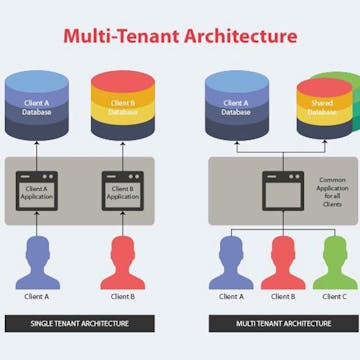
Good to know
Save this course
Reviews summary
Poorly received django tenancy course
Activities
Compile course notes and resources
Show steps
Organize and review your notes and materials from this course to reinforce your learning.
Show steps
-
Gather your notes, assignments, quizzes, and exams from this course
-
Organize your materials into a logical structure
-
Review your materials regularly
Show all one activities
Compile course notes and resources
Show steps
Organize and review your notes and materials from this course to reinforce your learning.
Show steps
- Gather your notes, assignments, quizzes, and exams from this course
- Organize your materials into a logical structure
- Review your materials regularly
Career center
Django Developer
Back-End Web Developer
Full-Stack Developer
Python Developer
Technical Lead
Database Administrator
Web Architect
Software Engineer
Data Engineer
Cloud Architect
DevOps Engineer
Project Manager
Product Manager
IT Consultant
Business Analyst
Reading list
Share
Similar courses
OpenCourser helps millions of learners each year. People visit us to learn workspace skills, ace their exams, and nurture their curiosity.
Our extensive catalog contains over 50,000 courses and twice as many books. Browse by search, by topic, or even by career interests. We'll match you to the right resources quickly.
Find this site helpful? Tell a friend about us.
We're supported by our community of learners. When you purchase or subscribe to courses and programs or purchase books, we may earn a commission from our partners.
Your purchases help us maintain our catalog and keep our servers humming without ads.
Thank you for supporting OpenCourser.



